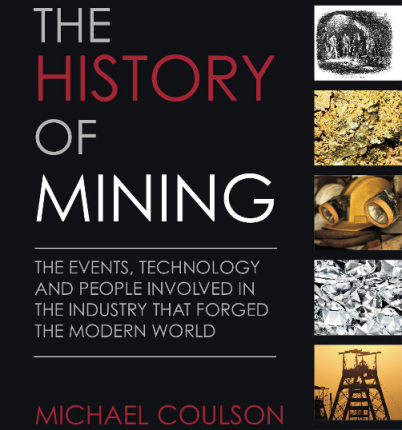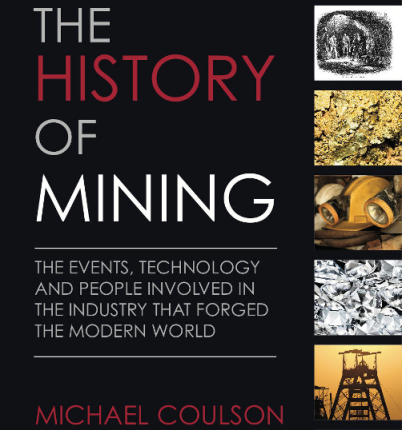The Globe and Mail is Canada’s national newspaper with the second largest broadsheet circulation in the country. It has enormous influence on Canada’s political and business elite.
Kinross Gold Corp. is taking another massive charge on its African operations, slashing the value of its flagship growth properties to a fraction of the $7.1-billion it paid to acquire them just two years ago.
The Toronto-based miner said on Wednesday it would take an impairment charge of $3.206-billion (U.S.) on 2012 earnings, most of it attributable to the Tasiast project in Mauritania amid soaring capital and operating costs that have hit the entire mining industry.
That comes on top of a $2.49-billion charge on the assets a year ago. Altogether, Kinross has now cut nearly 80 per cent of the value of its takeover of Red Back Mining in 2011, which included Tasiast and Chirano, another mine in West Africa.
“It’s pretty darn sad that a company can be that wrong on an acquisition,” said George Topping, an analyst with Stifel Nicolaus in Toronto. “I think they’re pretty much telling you that they think it [the acquisition] is worth $1.5-billion, between Tasiast and Chirano, the two mines that they bought.”
Tasiast represents the company’s key growth driver.

























